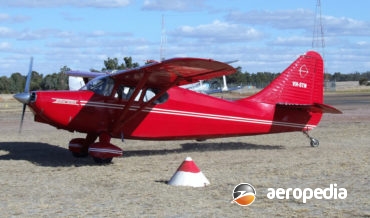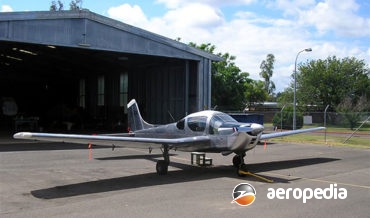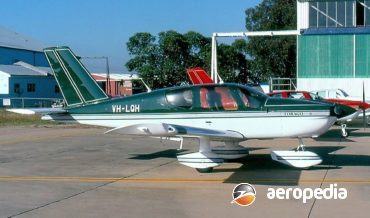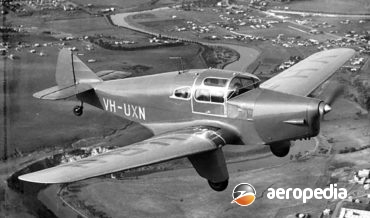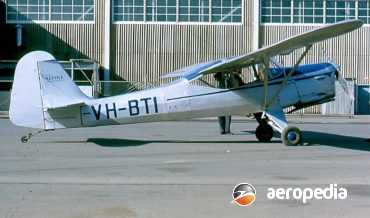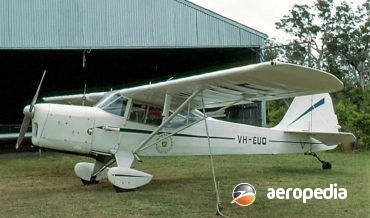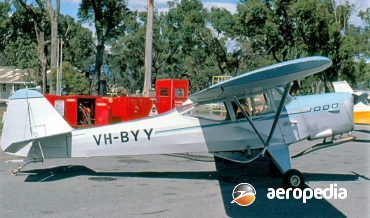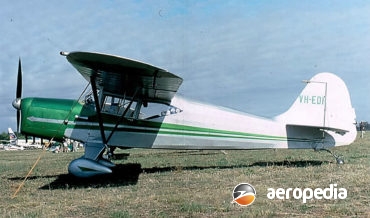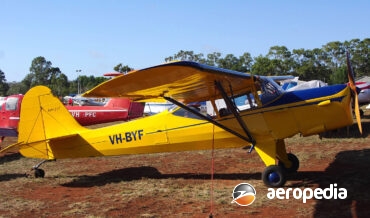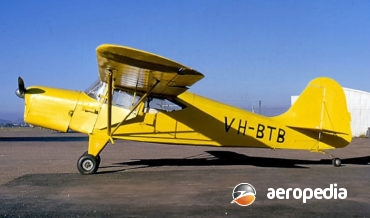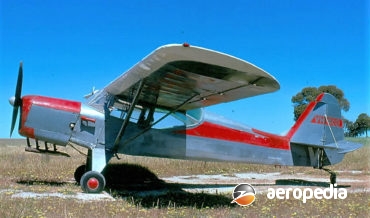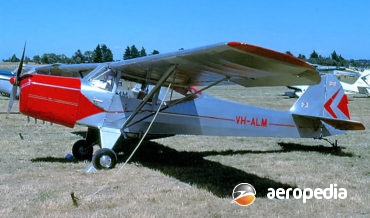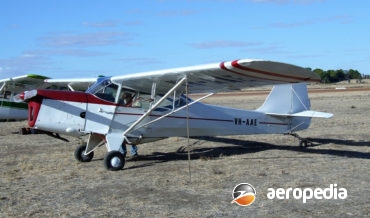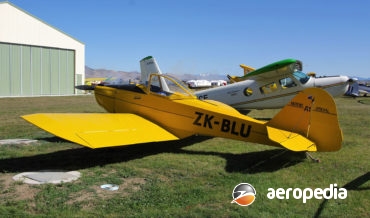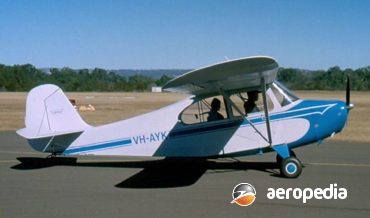All Contents
Contents
Edward Stinson in 1926 formed Stinson aircraft with a facility at Willow Run in Detroit to build aircraft.
David C. Eyre
- May 8, 2019
Southern Cross Aviation Ltd was formed in Toowoomba, QLD, in 1957 to explore the feasibility of designing and manufacturing a light aircraft in Australia to compete against the American imports of Cessna and Piper.
David C. Eyre
- May 8, 2019
In 1975 the Research and Development Department of the Societe de Construction D’Avions de Tourisme et D’Affaires in France (a subsidiary of Aerospatiale) initiated the design of a new series of touring monoplanes.
David C. Eyre
- May 8, 2019
The Miles M.4A Merlin was an enlarged development of the Miles M.3 Falcon series designed to accommodate a pilot and four passengers.
David C. Eyre
- May 8, 2019
The Alpine series was introduced to the Auster range in 1955, being a development specially for operations from high-altitude airfields in hot climates.
David C. Eyre
- May 8, 2019
In 1950 an Autocrat airframe was converted by Auster to J-1B configuration, being fitted with a Gipsy Major I engine and a larger horn balanced rudder.
David C. Eyre
- May 8, 2019
The three-seat Auster J-5 Autocrat was basically a more powerful version of the J-1 Autocrat but, unlike the similarly engined Aiglet and Alpha, the J-5 did not have the larger vertical tail surfaces provided on those aircraft to compensate for the extra power.
David C. Eyre
- May 8, 2019
Following the success of the three-seat Autocrat, Auster’s chief designer, R E Bird used the experience gained from the design of the Alpha, which did not proceed to production in any numbers, and came up with a four-seater of similar specifications.
David C. Eyre
- May 8, 2019
Despite the appellation ‘Aiglet’, the J-5F series was not derived from the J-1B Aiglet. The J-5F was basically a J-5 with a widened and strengthened fuselage to permit the Aiglet Trainer to be fully aerobatic, the only Auster to be fully certified in this role.
David C. Eyre
- May 8, 2019
The J-5G was a more powerful variant of the J-5B and had some strengthening to allow the installation of a more powerful engine, this involving the fitting of several extra tubular front members.
David C. Eyre
- May 8, 2019
The designation J-5H was applied to one aircraft (VH-ADS) and the designation J-5GL was applied to a J-5G which (ZK-CXA) was rebuilt in New Zealand to take a Lycoming engine. The J-5H was registered in Australia. This aircraft was built as a J-5B (VH-ADS - c/n 2047) and was imported
David C. Eyre
- May 8, 2019
During the latter stages of World War II the Taylorcraft design team decided to build a lower powered version of the Auster Mk 5 and a prototype, originally known as the Taylorcraft Auster Mk 5 Series J-1 Autocrat, was built and flown.
David C. Eyre
- May 8, 2019
Introduced in 1950, the prototype J-1B Aiglet was a converted Autocrat with a Gipsy Major 1 engine and a larger horn-balanced rudder.
David C. Eyre
- May 8, 2019
The Andrews A-1 is considered to be the pioneer of post-war amateur-constructed aircraft in New Zealand, being built to Certificate of Airworthiness standard during the 1950s by C G Andrews of Wellington, who was then an aeronautical engineer employed by the New Zealand Civil Aviation Department.
David C. Eyre
- May 8, 2019
he Model 7 Champion series was introduced to the Aeronca range in 1946 immediately after World War II, as a light training and touring monoplane.
David C. Eyre
- May 8, 2019
Recent Comments
Archives
Categories
- No categories
Categories
- No categories
Latest Posts
Newsletter

